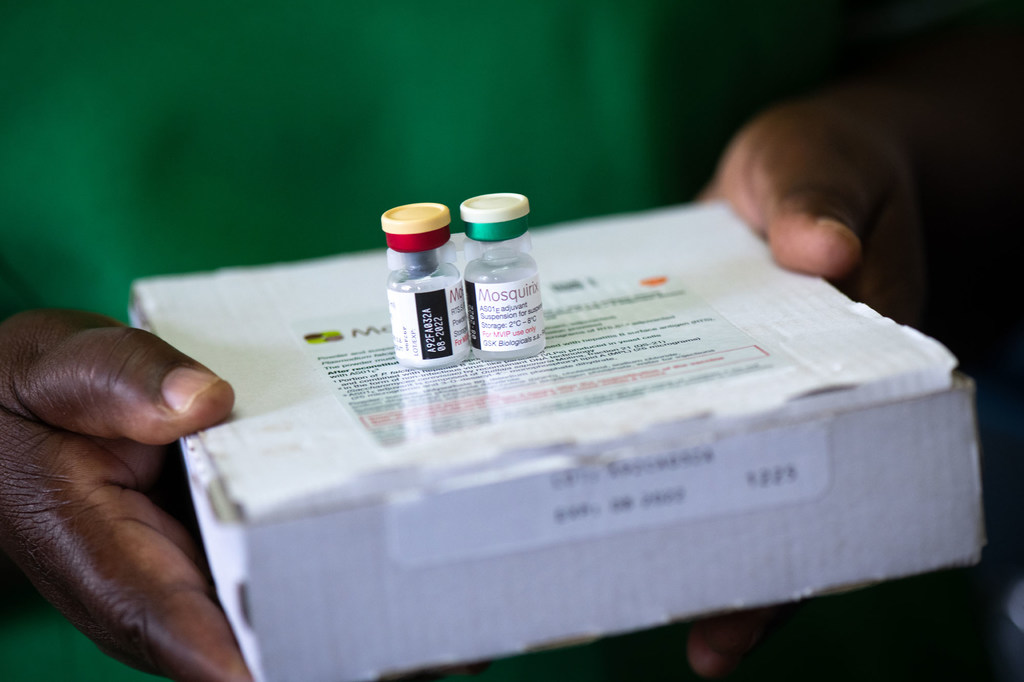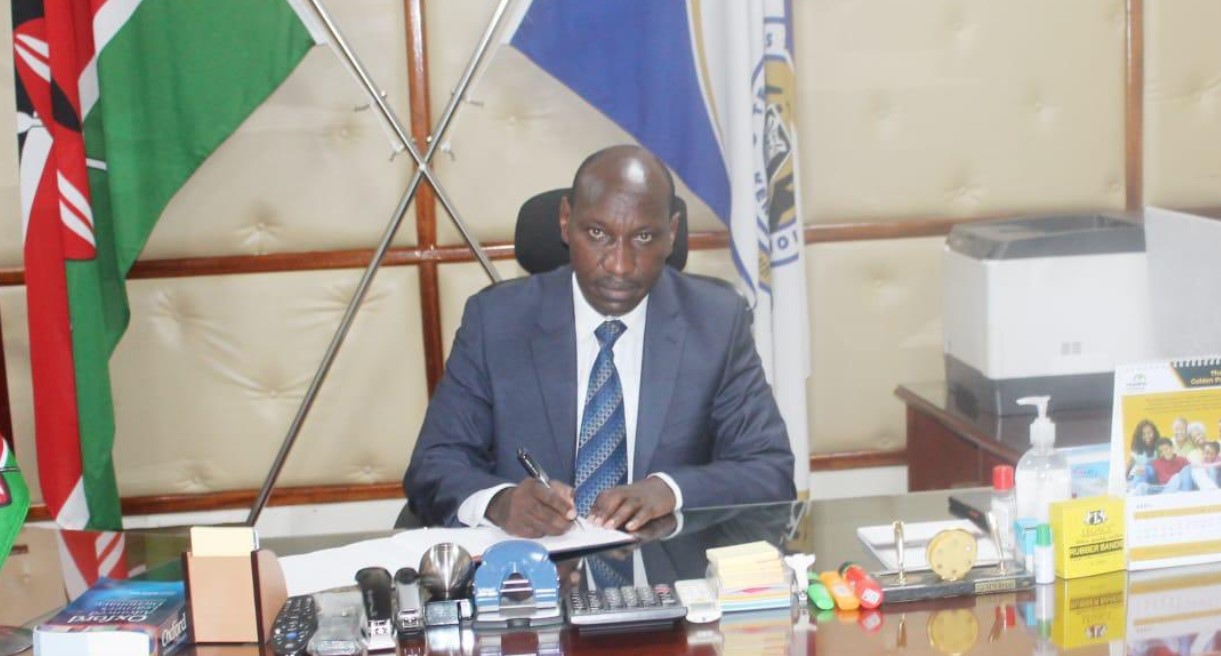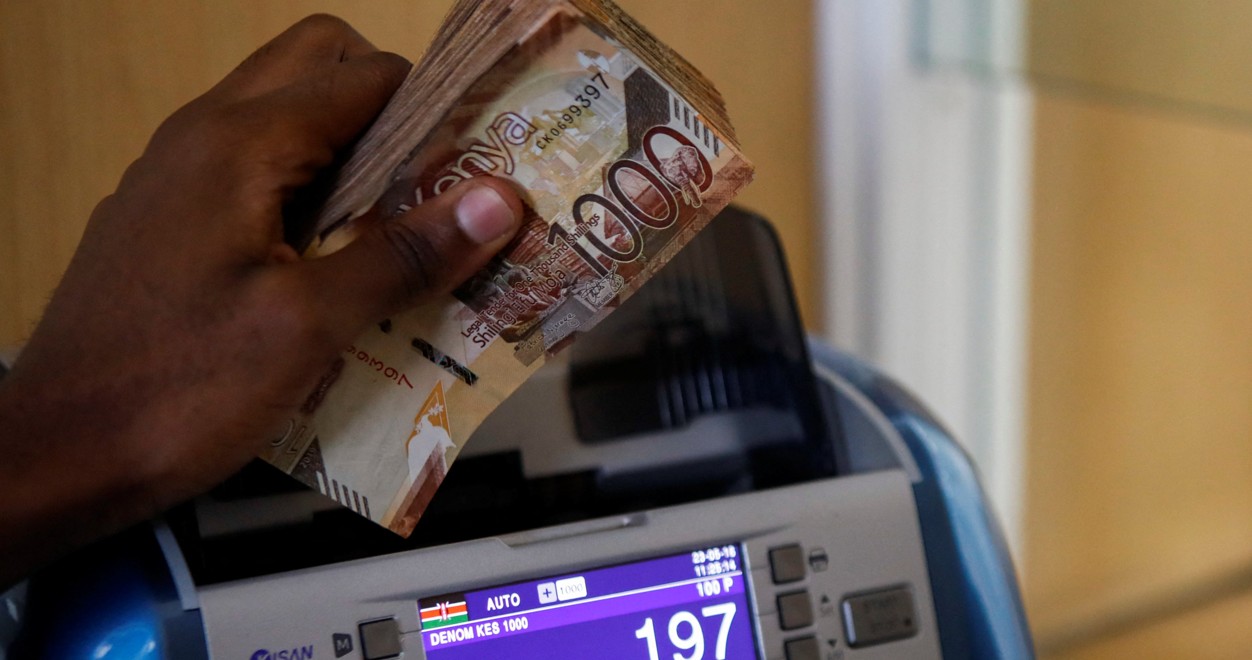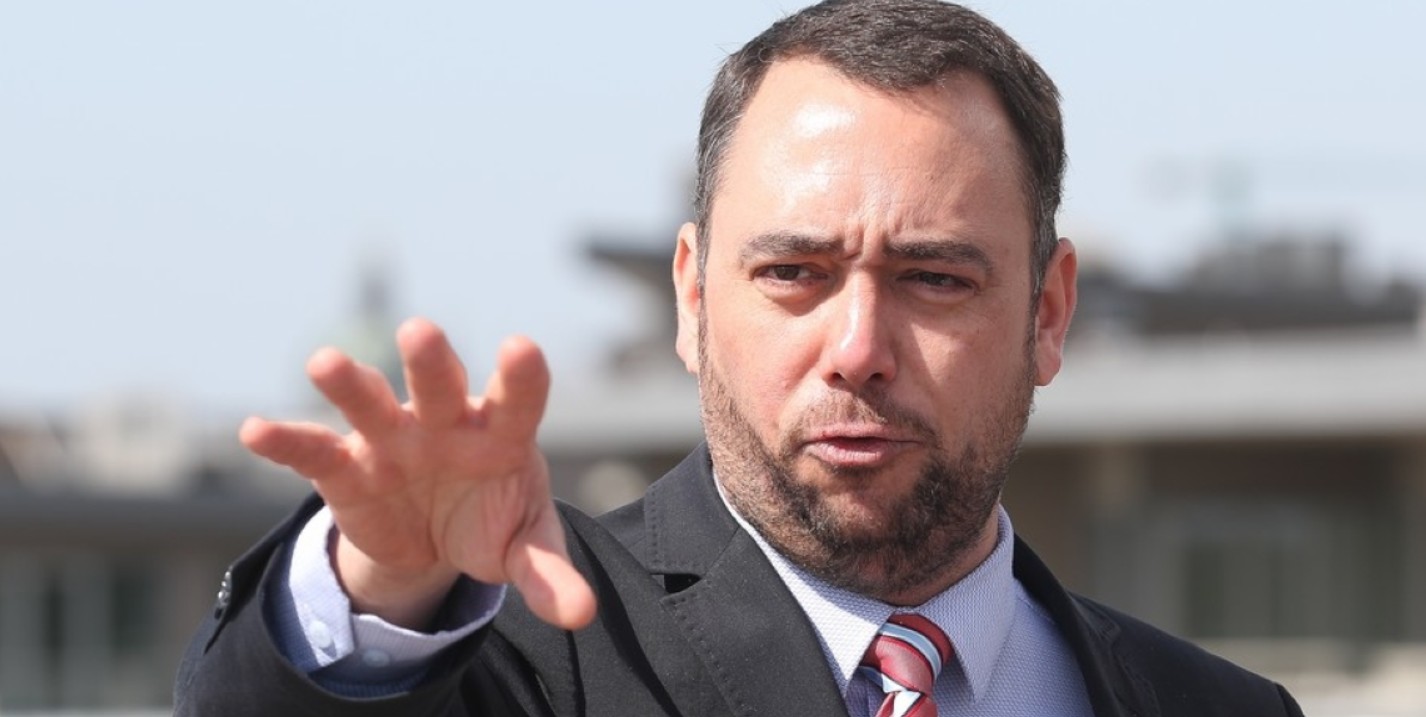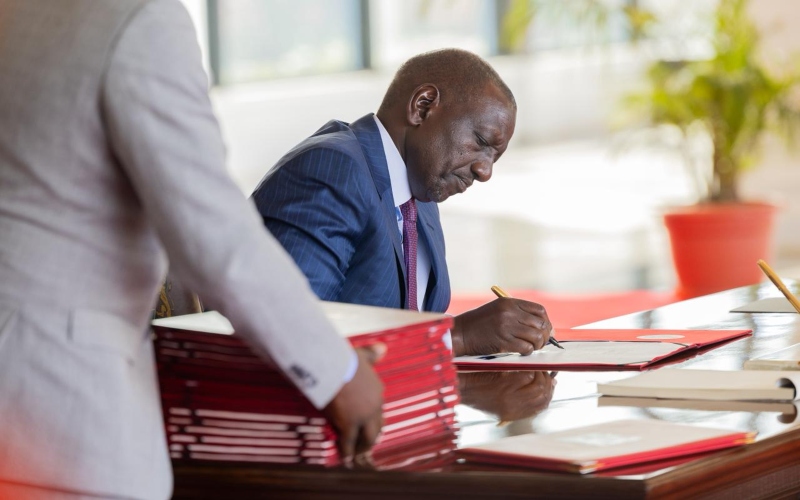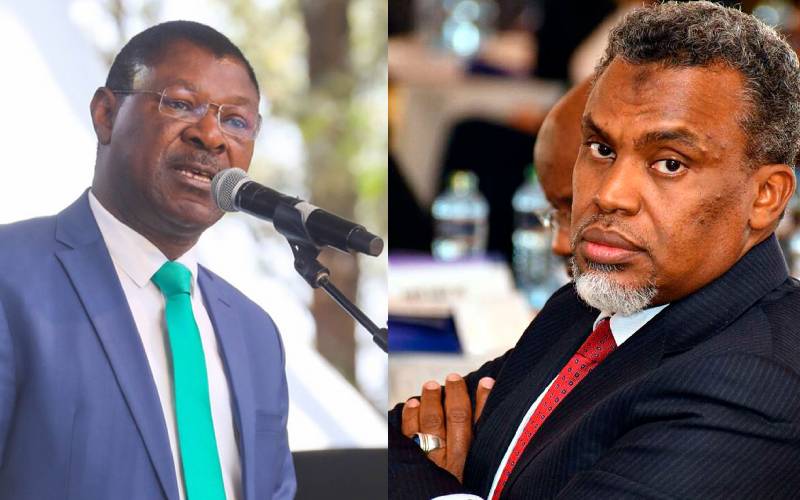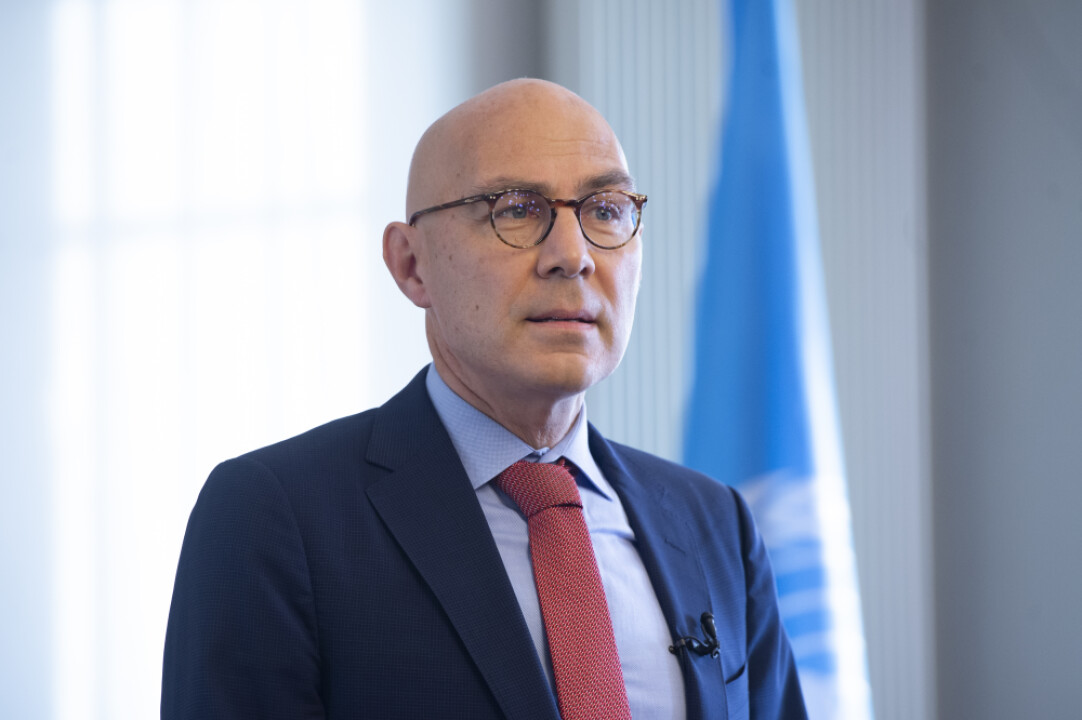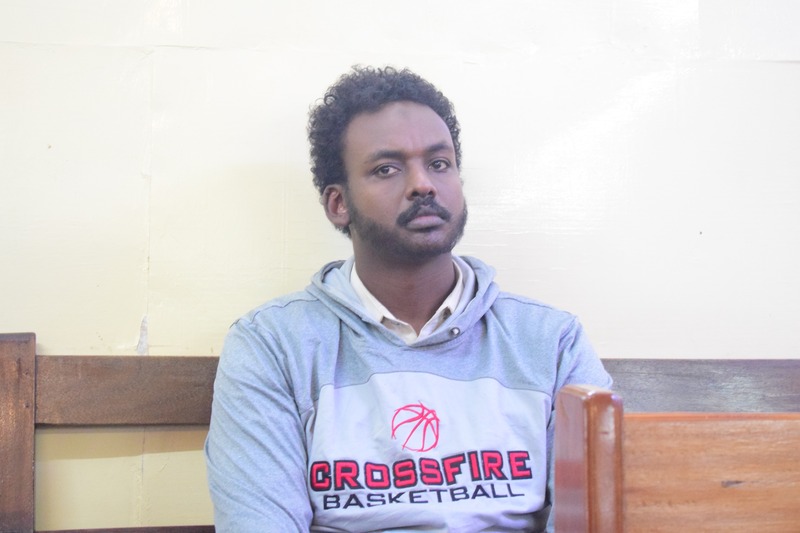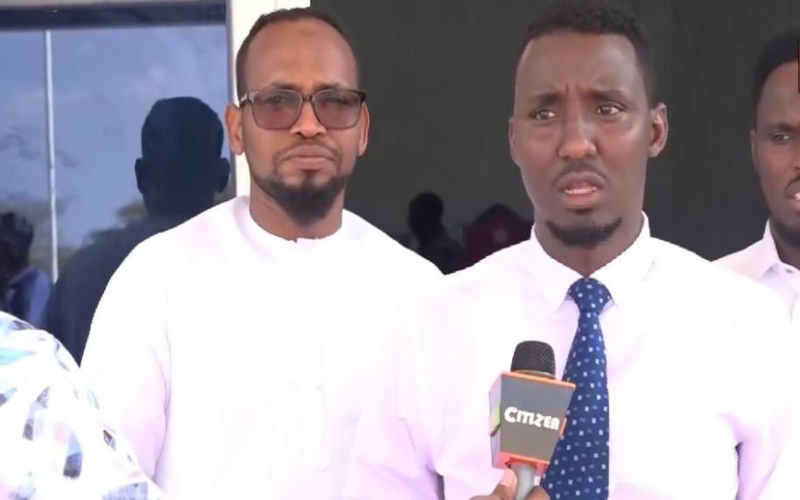Senators vow to block revenue formula slashing funds for 21 counties
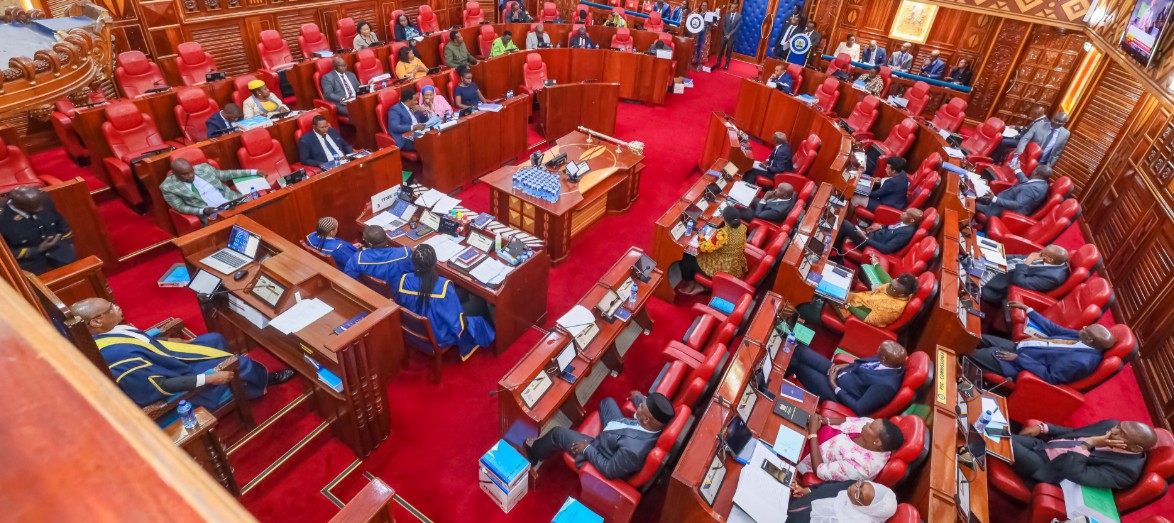
The push follows the latest revenue-sharing figures for the 2024/25 financial year, which show that 12 counties, including Tharaka Nithi, Lamu, Isiolo, and Elgeyo Marakwet, received less than Sh6 billion.
Senators have thrown their weight behind governors demanding higher revenue allocations for counties receiving under Sh6 billion a year, saying the current funding is too low to support essential services and development.
The push follows the latest revenue-sharing figures for the 2024/25 financial year, which show that 12 counties, including Tharaka Nithi, Lamu, Isiolo, and Elgeyo Marakwet, received less than Sh6 billion.
More To Read
- Senate begins two-day plenary impeachment trial for Nyamira governor Nyaribo
- Kenya moves to end power shortages and lower electricity costs
- Gachagua, governors, and MPs under probe by NCIC for inflammatory statements
- Outgoing NCIC faces scrutiny over last-minute recruitment of 22 staff
- CS Wandayi, senators clash over county wayleave fees in Energy Bill debate
- IEBC unveils tough new rules for recalling underperforming MCAs
According to the Commission on Revenue Allocation (CRA), Tharaka Nithi was allocated Sh4.39 billion, Lamu Sh3.25 billion, Isiolo Sh4.92 billion, and Elgeyo Marakwet Sh4.82 billion.
Other counties falling below the Sh6 billion threshold include Taita Taveta (Sh5 billion), Vihiga (Sh5.29 billion), Nyamira (Sh5.35 billion), Embu (Sh5.36 billion), Laikipia (Sh5.38 billion), Kirinyaga (Sh5.4 billion), Samburu (Sh5.62 billion), and Nyandarua (Sh5.93 billion).
Vihiga Governor Wilber Ottichilo has called for affirmative action to support counties receiving lower allocations, saying the current budgetary ceilings are constraining development.
“I feel like I should have just remained an MP because there was enough money for development projects,” Ottichilo, who is serving his second term, said.
He urged senators to ensure that the CRA’s proposed fourth basis for revenue sharing takes into account the realities of counties receiving less than Sh6 billion.
Under the new formula developed by CRA Chairperson Mary Chebukati, population size will carry the greatest weight in revenue allocation, rising from 18 per cent in the current formula to 42 per cent.
Other factors include equal share (22 per cent), poverty (14 per cent), income distance (13 per cent), and land area (9 per cent). Previously used parameters such as health, agriculture, and roads have been scrapped.
Sharp criticism
The proposal has, however, sparked sharp criticism from both governors and senators.
The main concern is that while the total revenue to counties will rise in nominal terms, the new formula will disproportionately benefit densely populated counties at the expense of smaller or sparsely populated ones, effectively reducing the equitable share for more than half of the 47 counties.
Samburu Governor Lati Lelelit warned that the formula would have catastrophic effects on marginal counties like his, where the population is sparse but the cost of delivering services remains high.
Kakamega Governor Fernandes Barasa added his voice to the opposition, arguing that the third formula had offered more balanced allocations and should be retained.
“I want the Senate to reject the fourth formula because it is not tenable. There is no way you can introduce a formula that is making 21 counties lose money, and then you introduce a stabilisation fund of Sh12 billion,” Barasa said.
Stick to current model
Kirinyaga Senator James Murango also criticised the proposed formula, urging CRA to stick to the current model to avoid cutting funding to 31 counties. He said the shift would leave many counties financially weakened and unable to sustain core services.
Elgeyo Marakwet Senator William Kisang’ vowed to fight for smaller counties to secure higher allocations, stressing that senators would not allow underfunded counties to be sidelined in the revenue-sharing process.
Revenue-sharing remains one of Kenya’s most politically charged issues, as counties rely heavily on equitable allocations to sustain key services like healthcare, education, infrastructure, and governance.
The current formula, passed in 2020 after weeks of chaotic and inconclusive Senate sittings, only went through after former President Uhuru Kenyatta intervened, increasing the total allocation from Sh316 billion to Sh370 billion to ensure no county lost funds.
That compromise helped end a stalemate that had seen more than ten sittings fail to reach consensus.
Top Stories Today
